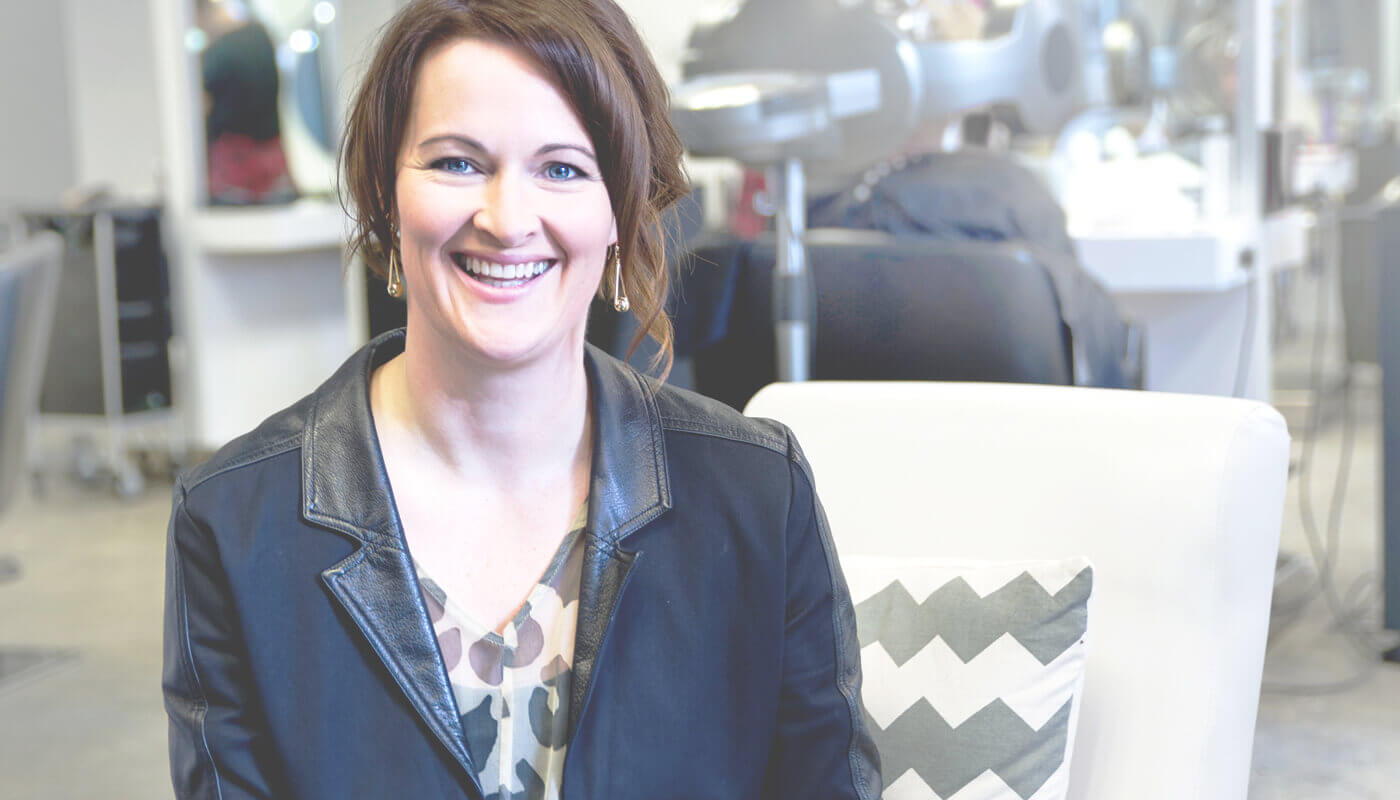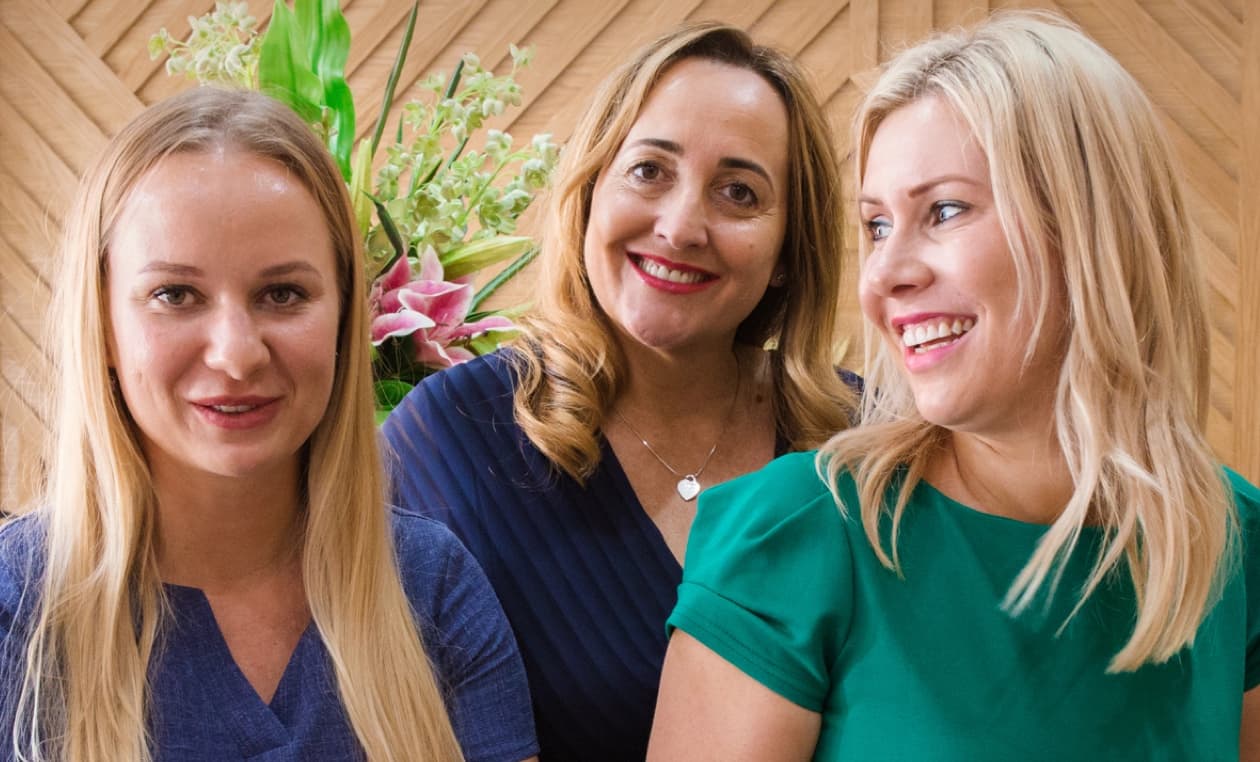Team Building in your Salon, with Larissa Macleman

Your salon is only as good as its team, and the team is only as good as the connections between its members. To help salon owners with team building, we caught up with Larissa Macleman from the Salon Owners Collective. She helps us get to the bottom of why team building is so important, and what you can do about it today.
The Salon Owners Collective helps salon owners grow their businesses with coaching and advice. Larissa started the Collective after working in and running salons for more than 20 years. She’s seen all manner of teams – from the super cohesive to the completely dysfunctional, and everything in between.
1: Why team building?
A well performing team, with strong communication skills, will do a good job of helping clients purchase more valuable products and services.
Even though it’s important, it’s not uncommon for salon owners to neglect their team building and communication. After all, you have a business to run, you may have clients of your own to look after. Salon owners often feel like every moment spent on morale and team building is a moment you’re not directly generating revenue.
In fact, the opposite is true. If your staff don’t communicate with one another, you’ll not only miss sales opportunities, you’ll also give a poorer client experience than you otherwise would have.
“Ultimately, it’s going to affect sales, I’ve seen people deliver less than what the client asked for because they weren’t communicating properly.”
With this in mind, here are some things you can do to implement team building and improve productivity in your salon.
2: Have a vision – and tell people what it is!
You will likely have a specific vision for your business. You’ll have an image of what kind of clients you serve, the services you offer, what you’ll charge, and so on. All these things can be wrapped up in a couple sentences to describe your business’s overall vision.
“At the end of the day, you need people to deliver your service…if your people are bought in to your vision, they’ll be able to do this.”
Once you spell out your vision, you can start looking for ways to make sure your staff understand how they can contribute to it. Writing your vision down and sticking it on a wall is a start, but that’s just the beginning. You also need to build it into your day-to-day practice.
This is a useful team building strategy because it helps your staff understand how their work contributes to an overall goal. So, the first step is to have a vision of where you want your business to go and what you want to do.
Implement team building today
- Have a think about your business – who are your ideal clients? What services do they love getting from you?
- Summarise this mission in a couple sentences.
- Print it out, and put it somewhere prominent.
- Follow the below steps to put this mission into practice.
3: Profile your personalities
Personality clashes can be a major team building problem in salons.
“Some people, particularly in the hair industry, will be real life-of-the-party types, doing all the talking and storytelling at a dinner party.”
At the same time, there are a significant number of quiet, detail-oriented people who talk less.
A salon needs both personality types to thrive, and people with both personality types also need to be able to work together. This is where problems can arise.
“Personality issues are usually from a lack of understanding, so you can help resolve things by helping people understand one another.”
Profiling staff personalities is a way to proactively help people understand one another.
This doesn’t have to be complicated. Rather, it’s just a matter of answering a few questions. You could do this by asking your staff directly, or just thinking about how they interact with you, clients and one another.

This can help you build a profile, which you can then use when allocating tasks on your checklists (more on that later).
For example, if you identify that one staff member really enjoys the creative side of things, while another staff member prefers the admin or front of house tasks side, then it would make sense to build this into who does what.
Implement team building today
Ask yourself, or your staff members, a few questions about how they work:
- How do they communicate?
- What motivates them?
- What gets on their nerves?
- How do they like to work? Do they like everything to be orderly and planned? Or would they rather be more creative and free-flowing?
- What kind of work do they like doing?
Make a note of any major differences between staff members, and bear this in mind for the next steps in this article.
4: Checklist
A checklist is one of the most simple and underrated things you can do to help with team building.
Putting together a set of tasks, then tying them back to the overall vision, helps put that vision into practice. This bridges the gap between the idea of a shared mission, and some practical tips for what each staff member needs to do to help achieve it.
Checklists also help with team building by removing any doubt as to who is responsible for what, and what needs to be done. This means nothing falls through the cracks. Checklists are commonly used by surgeons and pilots for similar reasons.
This approach also helps with personality issues.
“When you put together a step-by-step list, there’s less opportunity for people to get it wrong or annoy one another.”
If you have an informal set of processes, there will come a time when someone has to remind someone else about following them – or, worse, there may be a disagreement about what the processes are, or who has to do which task. This creates conflict, and conflict hurts your team building efforts.
A checklist reduces this conflict by adding clarity. There’s no grey area with a checklist. If the list says that a particular staff member does a particular task, then another staff member can use the checklist to remind them of this fact. Nobody’s telling anyone else what to do because they’re lazy, or because they can’t be bothered. They’re just following the checklist.
Implement team building today
- Identify the tasks that represent the highest proportion of staff time, conflicts or both.
- Break these tasks down into parts.
- Write each part down, and identify who (by role, not name) needs to do which component, and when.
- Write a sentence at the top of the checklist explaining how this checklist helps to achieve your wider mission.
5: Regular meetings
Regular meetings are key for improving morale in a salon. At a minimum, you should be having a team meeting once a week. It doesn’t have to be particularly long or in-depth, but it should be relatively frequent. Don’t go cancelling meetings just because you don’t have anything to say.
Structuring team meetings
A key thing to remember in your team meetings is that they should be bottom-up, not top-down.
“Staff meetings don’t have to be the salon owner preaching. They should be inclusive, with things like workshopping ideas, brainstorming solutions together.”
Make sure you dedicate most of the time to what your staff have to say. Use a good portion of the time to give your staff the chance to share ideas, gripes, or anything else that is on their mind.
This helps to highlight ongoing issues in your salon, as well as make your staff feel heard.
Individual meetings
At the same time, have one-on-one meetings with your staff. These are less rigid, depending on the individual. Some people will need a lot of mentoring and advice, particularly younger team members. More experienced people will not need as much one-on-one time.
Even if you just catch up for a coffee once a month, make one-on-one meetings a regular event. They give you a chance to see how each staff member is going individually. It’s also an opportunity for staff members to share things with you that they may not be comfortable sharing otherwise. This lets you nip potential personality conflicts in the bud.
Implement team building today
- Schedule a regular team meeting.
- Put together a few topics you would like to discuss, and get input on. This helps keep the meeting focussed
- Do the same for your one-on-one meetings
- Make sure you balance your topics. This ensures your staff are talking to you as well as hearing from you.
6: Team building in a nutshell
Team building boils down to four things: have a vision, profile personalities, write checklists and schedule meetings. If you can follow these four steps, you’re well on your way towards a higher-performing team. A team that does a better job selling to and delivering for your clients.
That means better client service, higher revenue, and a better business for you.
